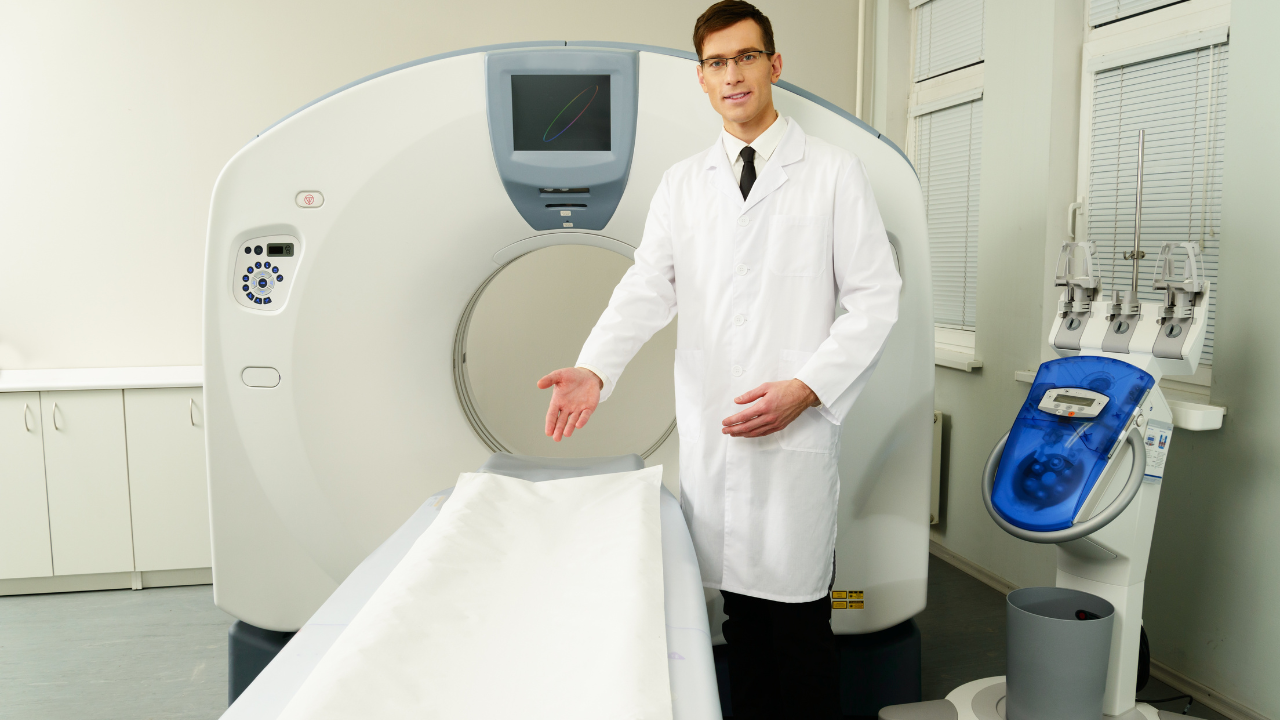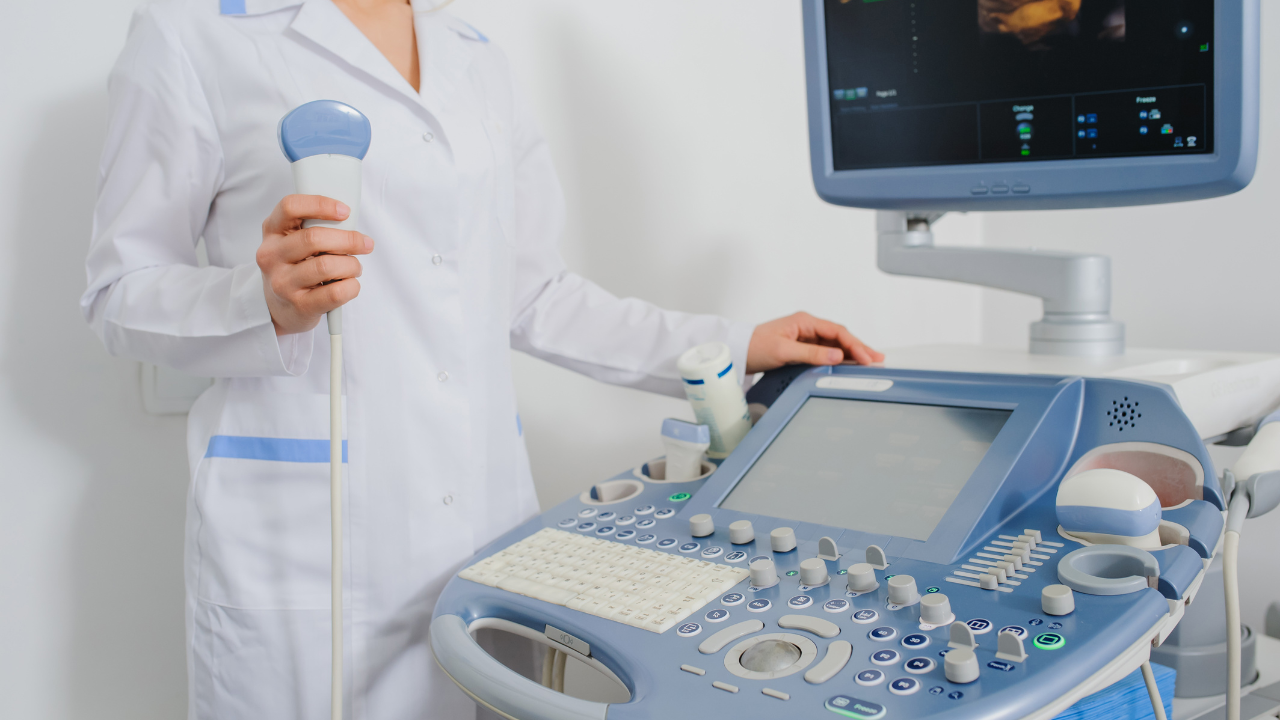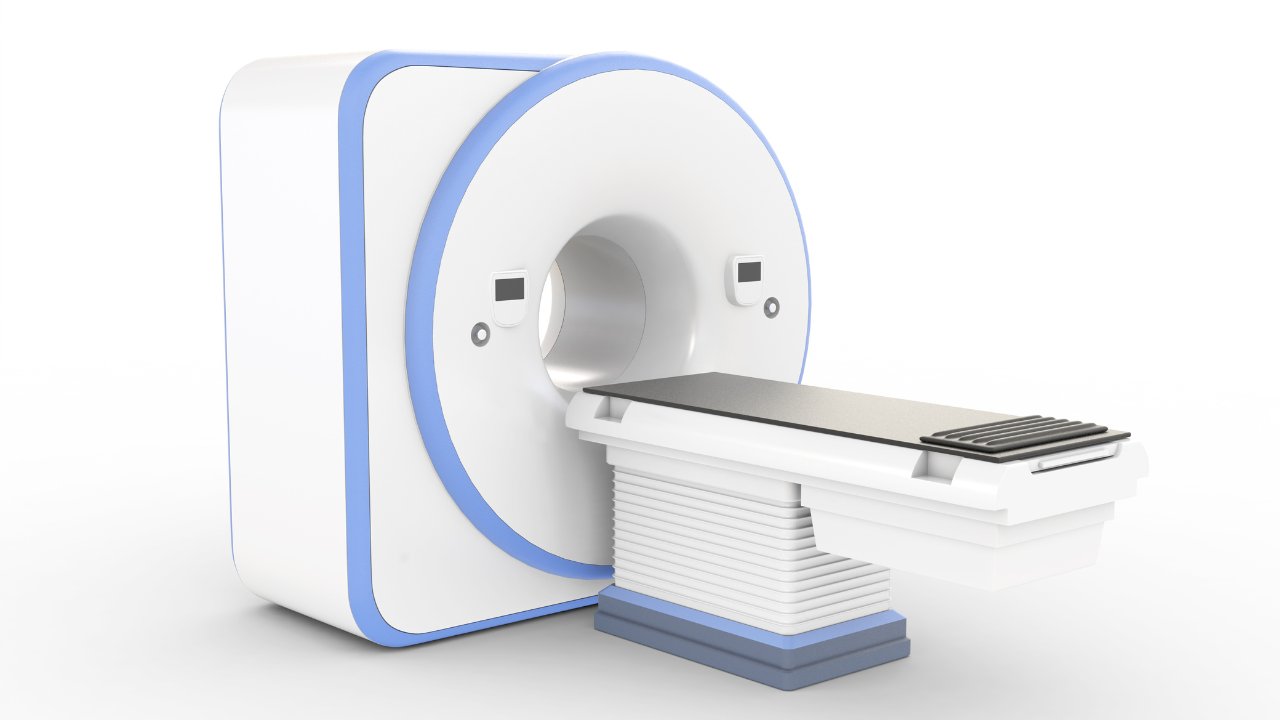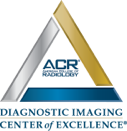Blog and News

Imagine walking into a dimly lit room, the gentle hum of the X-ray machine in the background, a reminder of the marvels of modern medicine.
You've probably heard debates about the safety of these rays, piercing through the body to capture what lies beneath. As a patient, you're draped in a lead apron, a simple yet vital barrier against unnecessary exposure.
But what else is being done to protect you and your loved ones from the potential risks? From dosage guidelines to regulatory oversight, let's explore the unseen shields safeguarding our health, leaving us to ponder just how deep these protections run.
Listen to the Article
Key Takeaways
- Maximum dose limits for X-rays minimize risks by setting specific caps based on the type of X-ray.
- Regular dosage monitoring ensures adherence to safety standards and safeguards against overexposure.
- Patient-specific dosage adjustments optimize care by tailoring exposure levels to individual needs and diagnostic requirements.
- Optimization strategies balance diagnostic effectiveness against risks, particularly for sensitive populations, ensuring safe and effective use of X-rays.
Understanding Radiation Exposure
To effectively mitigate risks, it's important to understand that radiation exposure, stemming from X-ray procedures, involves the absorption of energy by your body's tissues. This absorption can cause ionization, potentially leading to cellular damage.
Dosage Level Guidelines
You must comprehend the significance of establishing maximum dose limits to mitigate the risks associated with radiation exposure. Regular dosage monitoring guarantees adherence to safety standards and optimizes patient care.
Additionally, making patient-specific dosage adjustments is vital for tailoring exposure to individual health needs and vulnerabilities.
Setting Maximum Dose Limits
Establishing maximum dose limits for X-ray exposure is crucial for minimizing the risk of radiation-induced damage while ensuring diagnostic effectiveness.
- Threshold Levels: Specific dose caps are set based on the type of X-ray and patient vulnerability.
- Risk Assessment: Balances diagnostic benefits against potential radiation risks.
- Personalization: Adjusts limits for sensitive populations, such as children and pregnant women, to mitigate exposure.
Regular Dosage Monitoring
Regular dosage monitoring is essential for ensuring that X-ray exposure remains within established safety guidelines.
This practice involves tracking and recording the amount of radiation each patient receives over time.
By adhering to stringent protocols, healthcare professionals can safeguard against overexposure, hence minimizing risks.
This proactive approach is critical in maintaining top health outcomes while respecting your right to safe and effective diagnostic care.
Patient-Specific Dosage Adjustments
Tailoring X-ray dosage to individual patient needs is essential for optimizing diagnostic accuracy while minimizing radiation exposure.
- Body Composition Analysis: Adjusts dosages based on patient's body mass and composition.
- Age Consideration: Modifies exposure levels, particularly for pediatric and elderly patients.
- Clinical Indication Specificity: Tailors doses according to the specific diagnostic requirement, guaranteeing the minimum effective dose is used.
This approach guarantees you receive care that's not only effective but also respects your autonomy.
Protective Measures
To guarantee your safety during X-ray procedures, it's important to follow specific protective measures designed to minimize radiation exposure.
You'll wear lead aprons or shields, which block unnecessary radiation. Technicians use collimation to focus the X-ray beam only on the area of interest, reducing scattered exposure.
Additionally, they'll apply the principle of ALARA, ensuring that radiation doses are As Low As Reasonably Achievable.
Evaluating Risk Vs. Benefit
When considering an X-ray procedure, it's important to weigh the potential health benefits against the risks of radiation exposure.
- Diagnostic Clarity: X-rays provide critical insights, enabling precise diagnosis.
- Radiation Dosage: Modern equipment minimizes exposure, tailoring the dose to individual needs.
- Comparative Analysis: Evaluating alternative imaging methods versus the unique advantages X-rays offer in specific scenarios guarantees informed decision-making.
Precautions During Pregnancy
When you're pregnant, evaluating the risk of X-ray exposure is essential to safeguard both your health and that of your unborn child.
Exploring alternative diagnostic methods can offer safer options without compromising on the accuracy of medical findings.
Employing shielding and protection techniques further mitigates any potential risk, ensuring the utmost safety during these vital examinations.
Pregnancy Risk Assessment
Evaluating the risk of X-ray exposure during pregnancy is vital to guarantee the safety of both the mother and the developing fetus.
- Shielding: Implementing lead aprons to minimize radiation exposure.
- Dose Assessment: Calculating the minimal but effective dosage to reduce fetal risk.
- Timing: Scheduling procedures during safer gestational windows to avoid critical developmental stages.
These measures assure you're informed and empowered to make the best decisions for your health.
Alternative Diagnostic Methods
Understanding the risks associated with X-ray exposure during pregnancy leads us to explore alternative diagnostic methods that guarantee both your safety and that of your developing baby.
Ultrasound and magnetic resonance imaging (MRI) stand out as preferable options. These techniques, leveraging sound waves and magnetic fields respectively, provide detailed images without ionizing radiation, ensuring a safer path for diagnosing conditions while honoring your autonomy in healthcare decisions.
Shielding and Protection Techniques
For pregnant individuals, implementing effective shielding and protection techniques is critical to minimize X-ray exposure risks to both the mother and the developing fetus.
- Lead Aprons: Utilize lead aprons to shield the abdomen, reducing fetal exposure.
- Thyroid Collars: Apply thyroid collars to protect the thyroid gland from scatter radiation.
- Limited Exposure: Make sure minimal exposure by precisely targeting the X-ray beam and using the lowest effective dose.
Regulatory Oversight
Regulatory bodies enforce strict guidelines to make sure the safe use of X-ray technology, protecting both patients and healthcare workers. They mandate rigorous training for operators, ensuring they're proficient in minimizing radiation exposure.
Inspections and audits are routine, verifying compliance with safety standards. These measures are pivotal, granting you the freedom to undergo X-ray procedures with confidence in their safety and efficacy, without compromising your health.
Pediatric Safety Protocols
When it comes to pediatric patients, specialized safety protocols are in place to verify their protection during X-ray procedures.
- Low-Dose Protocols: Tailored to minimize radiation exposure, ensuring it's as low as reasonably achievable.
- Shielding: Use of lead aprons and thyroid collars to protect sensitive areas from unnecessary radiation.
- Technician Training: Experts specifically trained in pediatric radiology, optimizing technique while prioritizing child safety.
Frequently Asked Questions
How Do Cultural Beliefs and Practices Influence Patient Perceptions and Acceptance of X-Ray Safety Measures?
Cultural beliefs and practices shape how you perceive and accept X-ray safety measures. Understanding these perspectives can help tailor communication and make sure you're comfortable with the procedures, promoting a sense of autonomy and informed choice.
What Advancements in Technology Are Currently Being Researched or Developed to Replace or Reduce the Need for X-Rays in the Future?
Researchers are tirelessly working on cutting-edge alternatives like advanced MRI and ultrasound technologies, aiming to minimize your exposure to X-rays. These innovations promise a safer future without compromising diagnostic precision. You're witnessing a medical revolution.
How Do Socioeconomic Factors Affect Access to Safer X-Ray Technologies and Procedures in Different Parts of the World?
You're facing disparities in access to advanced, safer X-ray technologies due to socioeconomic factors. Wealthier regions can afford cutting-edge equipment, while poorer areas struggle, highlighting a global health equity issue you must address for universal safety.
Can Patients Request Alternative Diagnostic Methods Due to Personal Concerns About X-Ray Safety, and How Are Such Requests Typically Handled by Medical Professionals?
Ironically, while you're fretting over X-ray safety, you've got the right to request alternatives. Medical professionals typically consider these requests seriously, weighing benefits against risks, ensuring you're informed and your freedom of choice respected.
In What Ways Are Veterinary Practices Adapting X-Ray Safety Protocols for Use in Animals, and Are There Significant Differences Compared to Human Protocols?
Veterinary practices are tailoring x-ray safety protocols for animals, incorporating specific restraint techniques and sedation when necessary. There's a significant overlap with human protocols, but adjustments account for the diverse sizes and species treated.






